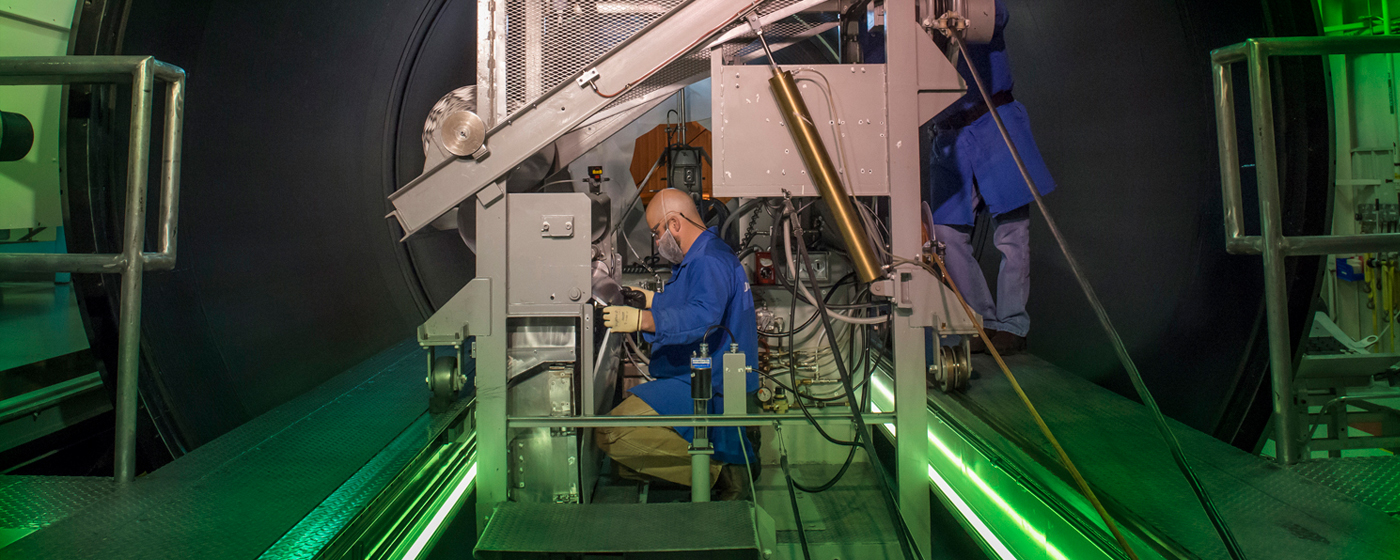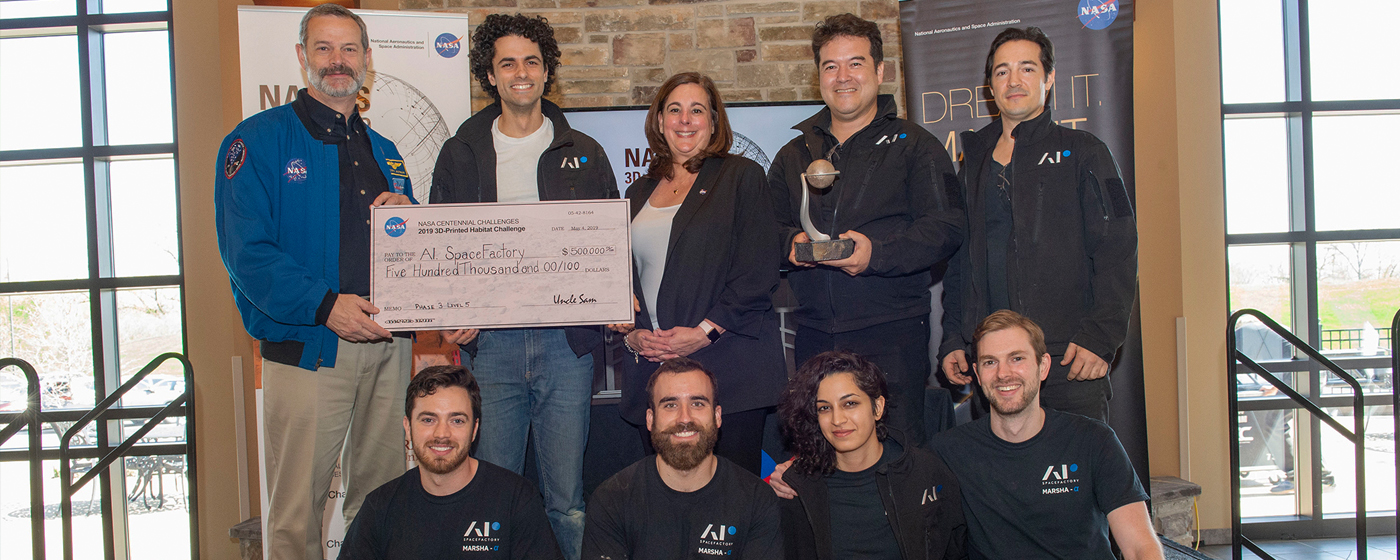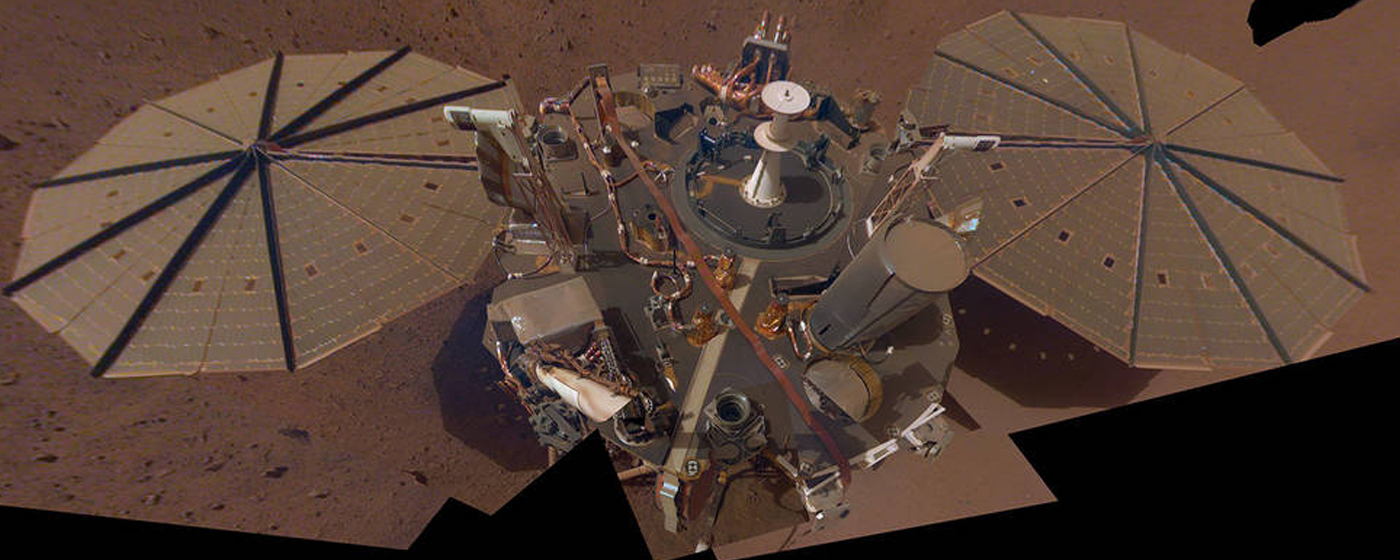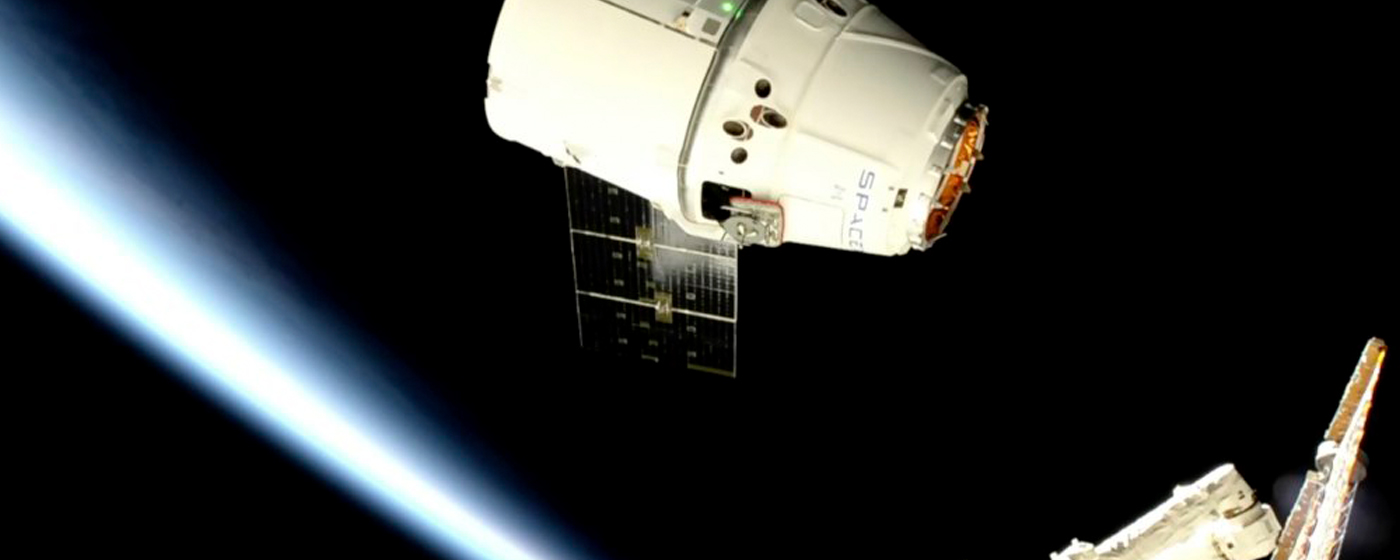SLS Begins Insulation Process for Booster Segments for Second Flight
Sending astronauts to the Moon requires a power set of solid boosters. NASA and Northrop Grumman technicians in Promontory, Utah, have applied insulation to the final booster motor segment for the second flight of NASA’s deep space rocket, the Space Launch System, that will send NASA’s Orion spacecraft and astronauts to the Moon. The insulation, applied to the interior of each steel motor segment, protects the casing from the heat generated by the propellant during launch and flight.
Teams 3D Print Planetary Habitats, Awarded $700K in NASA Challenge
After 30 hours of 3D printing over four days of head-to-head competition, NASA and partner Bradley University of Peoria, Illinois, have awarded $700,000 to two teams in the final round of the 3D-Printed Habitat Challenge. The teams created subscale shelters out of recyclables and materials that could be found on deep-space destinations, like the Moon and Mars. The top prize of $500,000 was awarded to New York based AI. SpaceFactory. Second-place and $200,000 was awarded to Pennsylvania State University of University Park.
For InSight, Dust Cleanings Will Yield New Science
The same winds that blanket Mars with dust can also blow that dust away. Catastrophic dust storms have the potential to end a mission, as they did with NASA’s Opportunity rover in 2018. But far more often, passing winds cleared off the rover’s solar panels and gave it an energy boost. Those dust clearings allowed Opportunity and its sister rover, Spirit, to survive for years beyond their 90-day expiration dates.
Dragon Cargo Spacecraft Berthed to Station
Two days after its launch from Florida, the SpaceX Dragon cargo spacecraft was installed on the Earth-facing side of the International Space Station’s Harmony module on May 6 at 9:32 a.m. EDT. The 17th contracted commercial resupply mission from SpaceX (CRS-17) delivered more than 5,500 pounds of research, crew supplies and hardware to the orbiting laboratory.
For more information or to learn about other happenings at NASA’s Marshall Space Flight Center, visit NASA Marshall. For past issues of the ICYMI newsletter, click here.




























